Humanising Uber is the way forward for the brand: Manisha Lath Gupta
Uber has come aboard as the official sponsor of the ICC Cricket World Cup 2019. The partnership makes Uber the first mobility and food delivery app to strike a sponsorship deal with the ICC for the Men’s Cricket World Cup. Uber has rolled out its campaign, ‘This World Cup, Every Fan Wins’, which is aimed at creating a culture of togetherness and puts cricket lovers at the heart of the celebration, including the World Cup’s first and very own anthem – ‘Way-O, Way-O’.
Read more: Uber fires ICC World Cup salvo with energising anthem - Way-O, Way-O
It may be recalled that last year, in line with the company’s initiative to empower girls and women around the world, Uber had supported the first ever standalone ICC Women’s T20 World Cup in the West Indies. As part of this partnership, Uber rolled out the #JerseyKnowsNoGender campaign in collaboration with sports personalities from different fields to encourage women’s participation in sports and to also generate support for the T20 Championship.
As the ICC CWC commences today (May 30, 2019), Adgully spoke to Manisha Lath Gupta, Head – Marketing, Uber India & South Asia, on the marketing and communication strategy for the ICC World Cup 2019, further fortifying brand Uber and why it is necessary to humanise the brand. Excerpts:
You recently took charge of Marketing at Uber India. Could you give us a perspective of what initiatives you have taken up in this period?
I joined just two-and-a-half months ago. Ever since I joined, I dove into the ICC World Cup sponsorships which were happening before my time. This is a global deal and we agreed to sponsor the World Cup because we felt it was a fairly large property and in 7-8 of the countries where Uber is present, it is a meaningful property. Also, Uber as a brand tends to gravitate to sports as a platform because we find a lot of similarities and synergies as mobility fits in very well there. Food, too, fits in very well. The whole culture of bringing people together. It is a human platform that we want to build and a lot of rub-offs are there in sports as a platform. Cricket is a good association because a lot of the participating cricket playing countries are also Uber countries.
We have a new global CMO, Rebecca Messina, and her ambition is to create a marketing network where one country develops the marketing plans and others execute it. This is to avoid duplication as the brand is working on many countries. This has been part of the marketing campaign, where India is the lead country where we are putting together the marketing campaigns to serve all the 8 participating countries – Australia, New Zealand, India, Bangladesh, Pakistan, Sri Lanka, South Africa and the United Kingdom.
The underlying engagement platform that we have built – the ‘Uber Karo World Cup Chalo’ initiative, where we are making the fans win – is common between Uber Eats and Uber Rides. You can earn points on either services and qualify for the programme.
From a consumer perspective, we have tried to bring these two platforms together so that people can synergise. If they are earning points in one place, they can use them in the other app.
Our objective from a brand perspective is to deepen the meaning of the brand. Currently, Uber is still saying Uber = taxi. We are trying to add more meaning to the brand and stand for things that are more emotional and aspirational values and not just the transactional benefit of mobility.
Last year’s campaign, ‘Badte Chaalein’, lent more meaning to the brand.
We want to humanise the brand. It is still seen as an app, but apart from booking a ride or ordering food, the rest of the experience is entirely human. There is a meeting of humanity and we want the brand to reflect more of that, which it doesn’t at present. We want to make the brand a demand driver for the business. which means leveraging on the strong brand, higher stickiness to the platform, lesser dual apping and stronger frequency of usage.
These are the three marketing brand objectives that we are trying to accomplish.
For this campaign, the creative idea that we came up with was that this time the fans will win because fans invest so much of themselves in the World Cup. But sometimes they feel at the end of it that they didn’t get anything. How will fans win? With every Uber Eats order or Ride they will win runs, which will make them eligible for many prizes – the biggest of which will be a trip to the World Cup.
The campaign begins on May 30. We have already declared 18-20 winners. This campaign is for both drivers and riders. That’s what is great about the marketplace model – to take supply and demand together.
This is a huge investment. How do you justify your RoI?
For us, this is a brand investment and not a business investment. While we do expect an increase in frequency during this period, our main objective is to humanise the brand.
There are two creative teams. On the Uber Rides side, the work has been done by Ogilvy. On the Uber Eats side, the creative has been done in-house by our creative team. Madison World is the media agency for Uber Rides and Uber Eat.
The digital campaign is the same as the one running on TV. We have not shot anything different for digital.
We have used Virat Kohli as our brand ambassador. The question was how do we use Virat differently, because a lot of advertisers are using Virat and we needed to stand out amid the clutter. We have cast Virat as a driver in our films. We have used him more as an actor than a cricketer. He comes off as a very endearing character in the film and by casting him as a driver goes a long way in humanising our platform and given a huge amount of stature to our driver partners. Our platform is a reflection of society and we want it to be clearer.
For Uber Eats, we have a digital-only plan and are not using any celebrities; only that every Eats order will take you closer to the World Cup.
What kind of advertising spends do you envisage?
On the digital front, our major spend bucket would be on Hotstar across both Eats and Rides. On TV, you would see us on Star channels. There will be some spends on outdoor and print, mostly for impact. The print advertising will mostly be on the mainline media.
The other thing that we are doing is the cricket anthem – ‘Way-O, Way-O’. The anthem is sung by various artists from the participating nations, including Sanam from India. The anthem goes live today (May 30) on radio.
Have you made different kinds of edits on this anthem?
We will be making more edits of this anthem. The anthem will also be played in the stadiums. We are hoping that the hook step that you see in the film will catch up with the fans in the stadium. We will try to make the hook step symbolic of this anthem. As a global brand, we are focusing on the fans and the celebration of culture this World Cup instead of focusing on any particular country. The whole campaign is about the fans and not the teams or the countries.
What about social media activation?
We have to be in constant communication with our users. On World Environment Day, June 6, we will launch a campaign on social media called ‘Parks not Parking’. We are going to talk about how parks have become parking spaces and not allowing people to play cricket. This will tie with our overall World Cup theme. The on-ground activation that we have done is to convert existing parking spaces in the city into cricket pitches.
What are the other tenets in your brand communication?
From a marketing point of view, it is mostly about cricket and fans. When it comes to social media, you can take one idea and keep milking it for weeks. That’s where initiatives like ‘Parks not Parking’ come in.
Are you planning to associate with sports other than cricket?
At this moment, I won’t be able to speak on that because this is the first time we are investing so heavily in cricket. We have to see how it pans out for us. We will be evaluating it very closely for the brand associations it builds to see if we have got the reach, impact, favourability and preference that we were looking to build.
The reach of the sporting audience, incremental growth for the brand, favourable associations will all have to be considered for us to invest in other sporting opportunities. We have to evaluate on a case to case basis. Generally, sports that bring people together and are big like cricket and football and globally we are positively predisposed to it.
What is the way forward for Uber?
We have a big business, yet have a brand that is still nascent. We have to continue to build the brand, humanise it, build brand advocacy and brand love. People should be stickier to the platform of mobility that they say don’t get your car take an Uber instead. People are very attached to their car. For a person to give up his car and take an Uber, we have to build far more attachment to the platform. That is a long journey and it will take us a long time to get there.
Uber is a platform where there are drivers, riders and other human elements, so we must make sure to humanise the platform and ensure there are good human interactions on the platform.





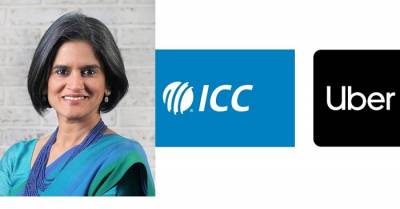
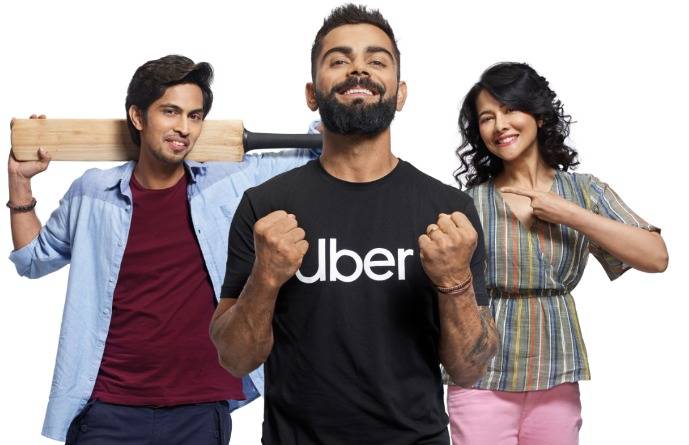
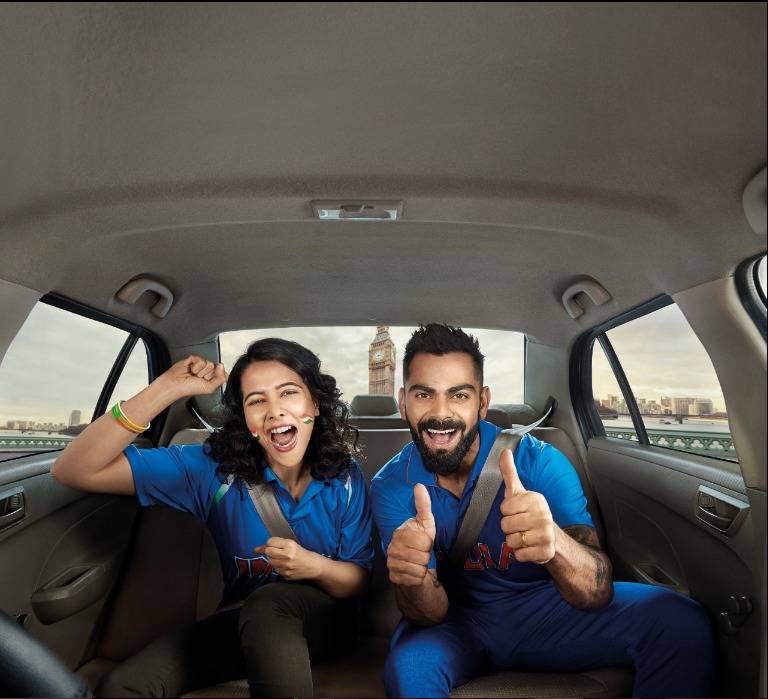
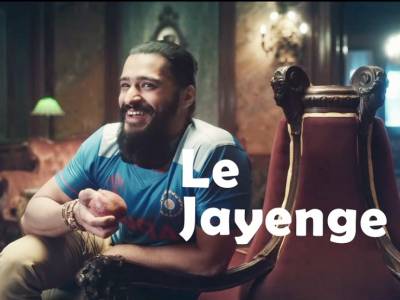
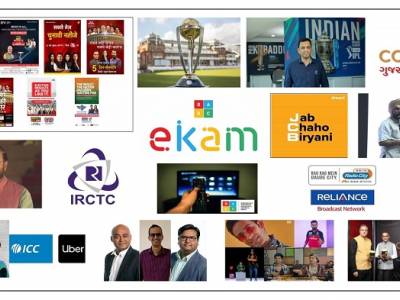
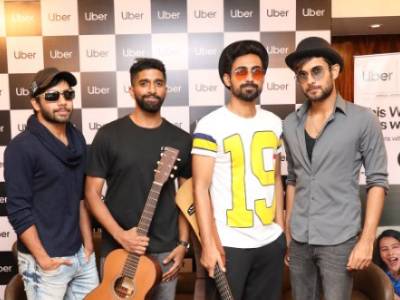
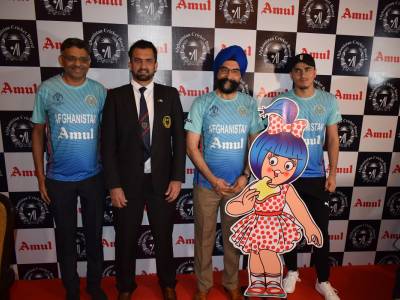


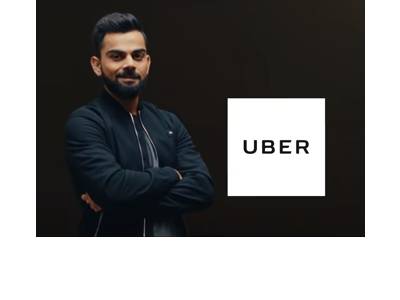
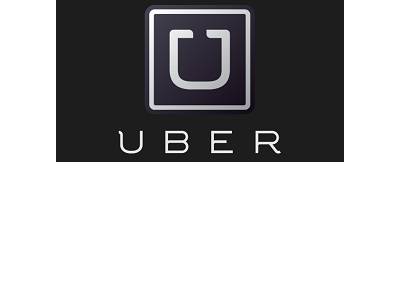
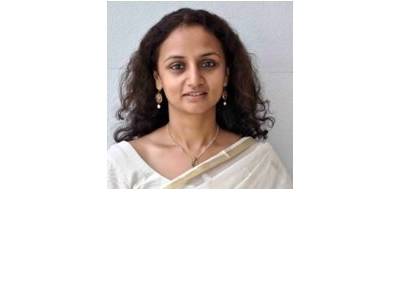






Share
Facebook
YouTube
Tweet
Twitter
LinkedIn